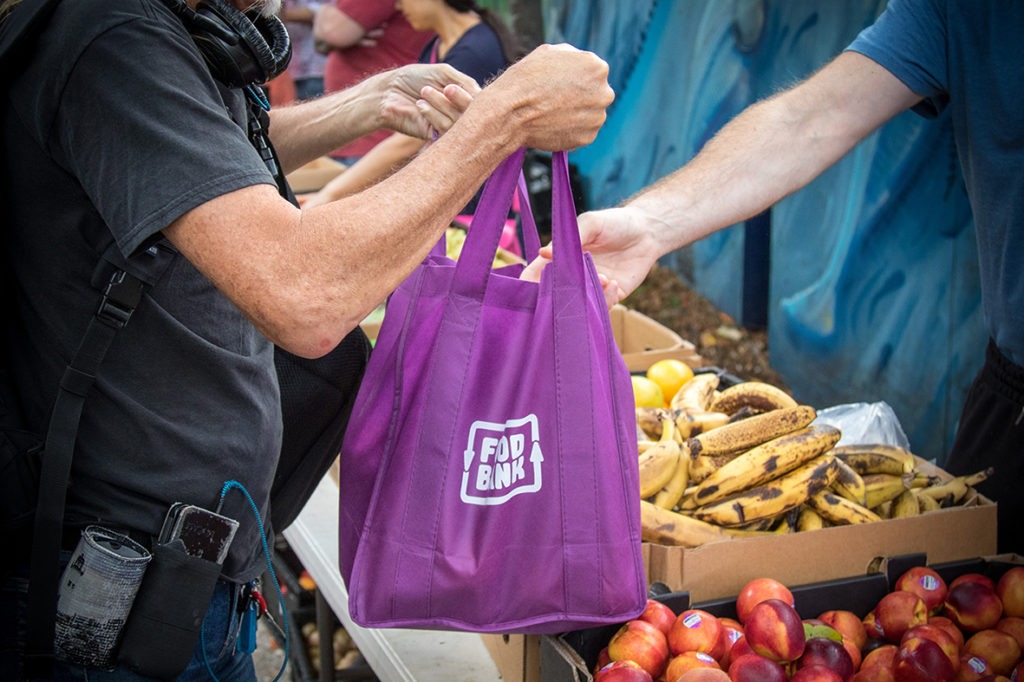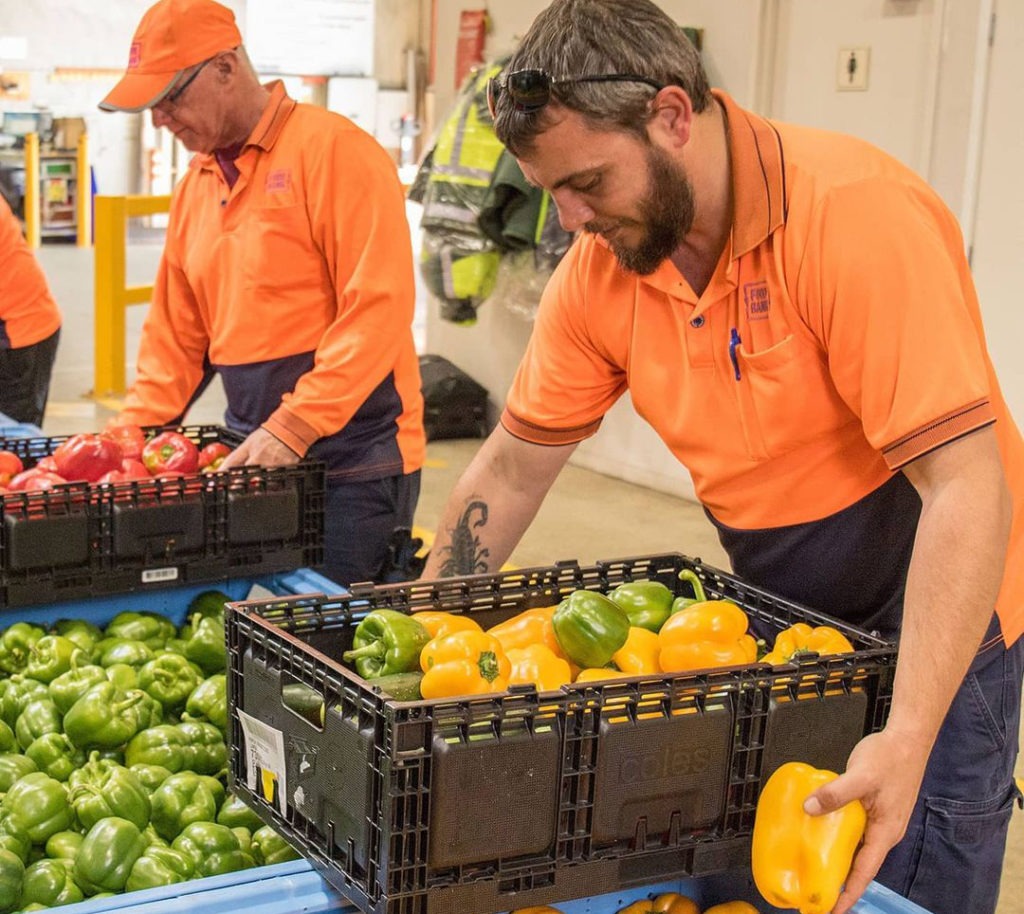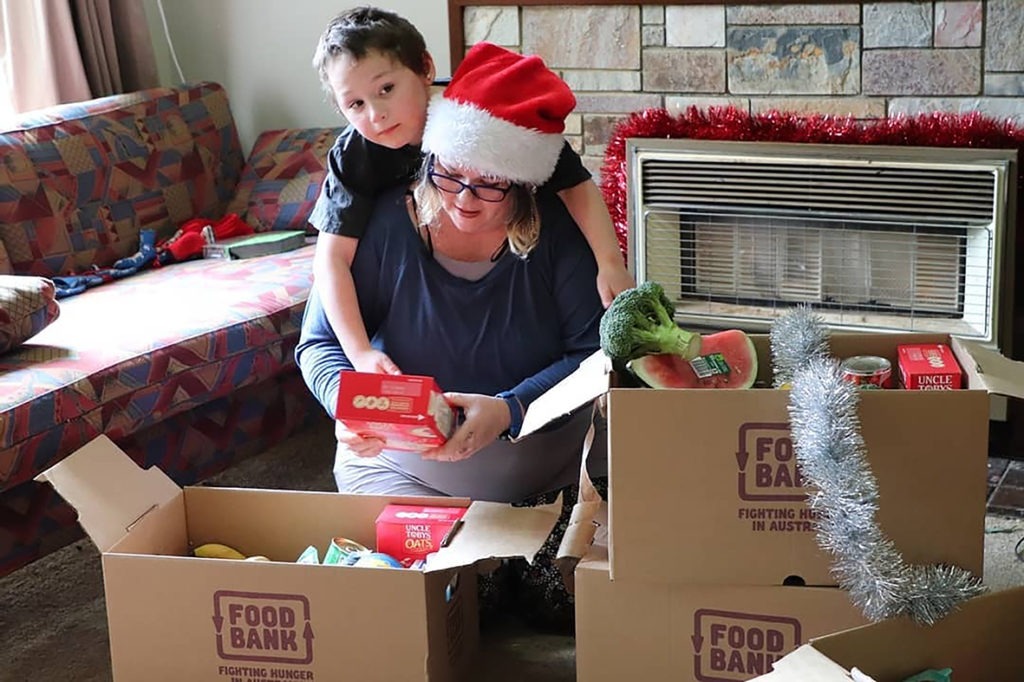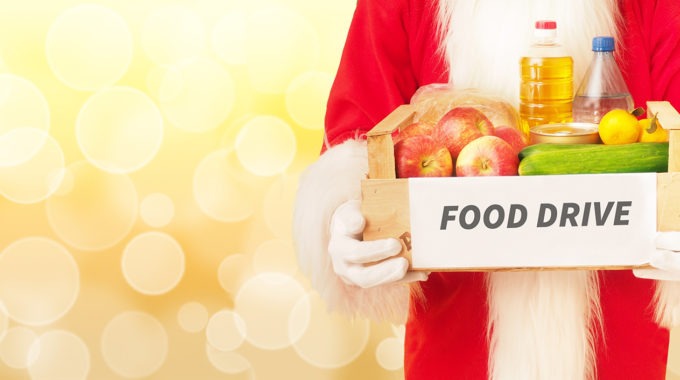Helping Foodbank help Aussies in need
Eativity catches up with Foodbank CEO Brianna Casey, who shares how everyday Australians can help those in need this Christmas, after a year that’s been tougher than most.
Christmas can be a pretty stressful time of year, even for the most organised and easy-going of people. But the pressure of having to make lunch for 20 annoying relatives, tolerating the workmate who insists on playing Maria Carey’s Christmas album on repeat every day or trying to find the perfect gift for the mother-in-law who hates you is small beans compared to the angst that comes with the knowledge that you won’t have enough money to feed your family come Christmas Day.
This year, thanks to COVID, more people than ever will be going without over the Christmas period – many are out of work, or stranded far from home without access to government support. What’s more, the charities and food relief organisations that work so hard to ensure that no one goes hungry at Christmas time are already way overstretched after what has been a truly disastrous couple of years.

Crisis management in overdrive
“For the last two years, we have been incredibly busy,” says Brianna Casey, CEO of Foodbank Australia, which distributes food through a network of 2400 charities nationally. “On top of our normal day-to-day activities of providing food relief to more than 815,000 people each month, we’ve been focused on assisting drought-affected communities.
“Then we saw the bushfires. We were faced with a situation like we had seen at no other time at Foodbank. We had catastrophic events of a very significant scale; not just in one location, but across multiple states and territories. It meant that we had to divert resources away from Foodbank warehouses right across the country, to be able to assist bushfire-ravaged communities in NSW, the ACT, Victoria and South Australia.”
Diverting resources to assist drought- and fire-affected communities, combined with a reduction in overall donations caused by the drought, meant that Foodbank came into the end of last year with stocks below normal levels. And then came COVID.
“It’s been a really exhausting couple of years for Foodbanks right across the country,” Casey says. “The charity sector as a whole has been to hell and back. And we’re facing continued challenges, because when the economy is hurting, when families are hurting, charities are going to have to step up in a way that they’ve never had to before. We need to make sure we can continue to provide emergency relief for as long as it’s required.”

A hand up for those who need it
About 80 percent of the total volume of food and groceries that Foodbank sources each year is sourced through food rescue. That could be food like fruit and vegies that don’t pass supermarket appearance specifications but are still perfectly tasty and nutritious, or tinned produce that’s been mislabelled. Foodbank also has partnerships with food and grocery retailers, which they can reach out to for particular items that are needed.
While food rescue partners are usually very generous, Casey says that demand is outstripping supply at the moment. This year, Foodbank had to buy more food in a three-month period than they did in the past three years. However, the job of ensuring that food relief reaches everyone who needs it is not just a matter of resources.
“Part of our challenge is that we still have a stigma attached to being vulnerable in this country,” Casey says. “For a lot of people, even though they’re doing it incredibly tough, they’re reluctant to put their hand up – they’re ashamed. They don’t want to acknowledge that they can’t feed their children. And they’re worried about judgment from other people.
“As Australians, we shouldn’t be judging those who’ve fallen on tough times. We should be wrapping our arms around them, and lifting them back up again. The best thing that we can do for one another is provide a hand up. This is not about handouts. It’s about a hand up.”

What you can do to help
There are three primary ways that everyday Australians can help Foodbank year-round – they can donate funds, they can donate food or they can donate time.
Donate time
Donating your time to volunteer is a bit more tricky than usual due to COVID Safe regulations and social distancing requirements, although restrictions are easing. Casey says that you should contact your local Foodbank to ask if they need volunteers.
Donate food
When it comes to donating food, a lot of state and territory Foodbanks will have a list of most-wanted items that people can donate and where they can donate them.
“It’s really important to note that you have to think about what you would want if you were vulnerable,” Casey says. “This is not about clearing out the back of your pantry and finding that old can of four bean mix.”
Foodbank’s website provides a list to guide people, to ensure they’re donating products that are needed, such as canned goods, baby food, pasta and rice.
Donate funds
It’s true that a lot of people are doing it extra tough this year, but if you are in a position to donate some money, no matter how little, this is the most effective and efficient way to help food relief organisations like Foodbank help more people.
“Every dollar donated is two meals created, thanks to those partnerships we have with industry,” Casey says. “If we can lighten the load of families that are doing it tough by getting food and groceries into their pantries and onto their tables, that’s a pretty special way to ensure that Christmas is that little bit brighter for those in need.”
To find out more about Foodbank and how you can help, head to the Foodbank website and find your state or territory. Other organisations that need your support right now include OzHarvest, SecondBite, Feed Appeal and Fare Share.









